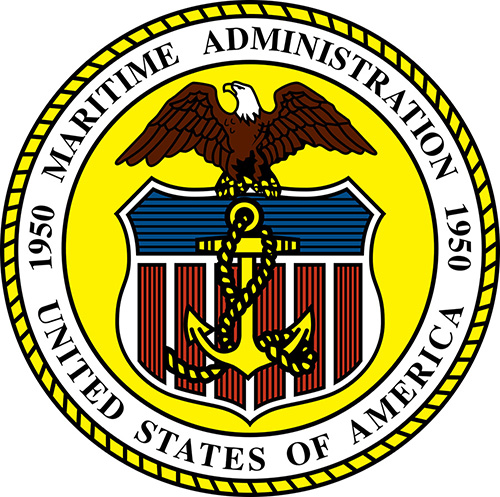
The U.S. Department of Transportation’s Maritime Administration (MARAD) on Nov. 3 announced over $653 million to fund 41 port improvement projects across the nation under the Port Infrastructure Development Program (PIDP).
As part of President Biden’s Investing in America agenda, the funding is expected to help grow capacity and increase efficiency at coastal seaports as well as Great Lakes and inland river ports.
A significant portion of domestic and international U.S. commerce by weight—over 2.3 billion short tons —moves by water. The port improvement projects announced are expected to strengthen supply chain reliability, create workforce development opportunities, speed up the movement of goods, and improve the safety, reliability and resilience of ports, according to MARAD.
“These investments will help expand capacity and speed up the movement of goods through our ports, contributing to cleaner air and more good-paying jobs as we go,” U.S. Secretary of Transportation Pete Buttigieg said.
The announced awards include more than $172.8 million for 26 small ports to continue to improve and expand their capacity to move freight reliably and efficiently.
“Modernizing the nation’s port infrastructure is vital to the reinforcement of America’s multimodal system for transporting goods. The advantages of cargo movement on water extend well beyond the maritime domain,” Maritime Administrator Ann Phillips said.
“By funding port infrastructure development, the Biden-Harris Administration is ensuring that goods move reliably and in greater quantities, strengthening supply chain resiliency across all modes of transportation, and addressing the negative impacts of port operations on public health and the environment that have harmed communities living near ports,” she added.
Projects were selected based on their ability to improve the safety, efficiency, or reliability of the movement of goods, as well as on how well they would improve port resilience.
Other factors considered during the project evaluation process included the amount of non-federal funding an applicant committed to the project and how well the project enhanced economic vitality, supported workforce development, addressed climate change and sustainability, and advanced equity.
Select grants include:
Dock Infrastructure Replacement ($43,376,746), Cold Bay, Alaska
This project includes the design, permitting, and construction of a new dock to replace the community’s only existing dock, which is nearing the end of its useful service life.
The new dock would be designed and built to accommodate commercial use, freight and fuel transportation, private vessel use, and public uses like emergency medical services and public transportation through the Alaska Marine Highway System.
Safety is being improved by creating a wider working area on the dock for clear operational lanes for trucks and dockworkers. The new dock would also improve the overall resilience of the port due to the use of stronger materials that would better withstand the harsh conditions common to the area, according to MARAD.
North Harbor Transportation System Improvement Project ($52,633,331) , Long Beach, California
This project adds a third intermodal railroad track to the Dominguez Channel Bridge; relocates and modernizes Pier B Street, on-dock roadways, and associated utilities; plus realigns Pico Avenue, including replacing and relocating aging utilities in the area.
The rail expansion and roadway improvements would enhance cargo movements to and from the port, increase safety at key railroad crossings in the area, and increase internal road capacity to create more space for tractor trailer operations.
Ko’Kwel Wharf Improvements Project ($7,729,650), North Bend, Oregon
This project funds repairs to the dock facing Lot 2 of the Ko’Kwel Wharf, bring 800-amp service and a shore power outlet box to the wharf to reduce or eliminate the need for idling diesel engines, and include development phase activities leading to the future extension of the wharf dock.
The dock repairs, which would renovate and upgrade dangerous and dilapidated conditions, could increase load capacity by 85% and contribute to more efficient movement of goods. Additionally, according to MARAD, the installation of shore power enhances safety by decreasing diesel fumes, which adversely impact communities adjacent to the wharf.
Port of Tacoma Husky Terminal Expansion Port One ($54,233,330), Tacoma, Washington
This project would reconfigure the Husky terminal yard for better truck circulation, install roughly 40 refrigerated cargo racks and related power supplies, and relocate on-terminal structures.
“The new facilities will safely, efficiently, and reliably increase cargo throughput by tripling refrigerated cargo (‘reefer’) capacity at the port,” MARAD said in a statement. “The project advances port resilience as its design accounts for sea level rise and storm surge.”
The full list of grant awards is available at the maritime.dot.gov website: https://tinyurl.com/ms5e4bnf.
